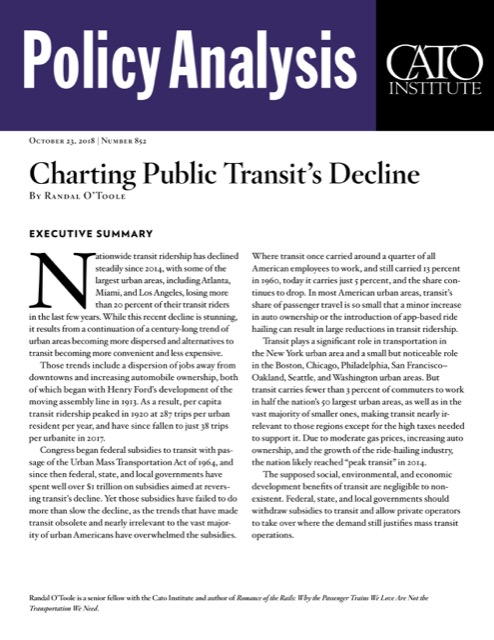“We believe transit is a civil right and also a human right,” say low-income advocates in Pittsburgh. An article jointly published by the Huffington Post and The Incline claims that, “Six decades after the Montgomery bus boycott and the Freedom Rides, public transit isn’t just a platform for the civil rights struggle, it is the civil rights struggle.”
Sadly, this terribly misreads the real lesson of the Montgomery bus boycott. That boycott succeeded where previous efforts had failed because many blacks in Montgomery had their own automobiles and shared rides with those who had previously used the bus system. As Washington Post writer Warren Brown says, blacks used “their private automobiles to drive around Jim Crow.”
Similarly, complaints about poor transit service to low-income neighborhoods in Pittsburgh and elsewhere ignore the fact that transit is not the way to get out of poverty; the automobile is. As the latest Access Across America reports show, an hour-long transit trip by the average resident of Pittsburgh reaches less than 7 percent of the region’s jobs, but a 20-minute auto trip can reach 12 percent of the region’s jobs while 40 minutes in a car reaches nearly 50 percent. Continue reading









